We recently connected with Jessixa Bagley and have shared our conversation below.
Jessixa, thanks for taking the time to share your stories with us today Can you talk to us about a project that’s meant a lot to you?
I’d say the most meaningful project I’ve worked so far has been my recent middle grade graphic novel, DUEL, that I wrote and my husband Aaron Bagley illustrated. It was my first foray into the middle grade world, which was a little intimidating at first, but I really found my own voice inside of the genre very quickly. I feel like it’s a very natural space for me to write in.
When I first got the idea for the book, it was from thinking back to my relationship to my older sister SiSi when we were younger and how we didn’t always get along. We had a conversation not many years back about our childhood and it was the first time it really sunk in that she had her own side and feelings to those times. Having the vantage point as adult now, I see that as a kid, I didn’t think about her perspective. It made me really want to explore a story where you get to see both sides of a situation where everyone thinks they are right but in reality, both sides are true and real. I also used to be a fencer, so part of me wondered (jokingly) ‘What if we had settled our disputes with a duel?’ And the story was born.
There’s also a large component of the story that deals with the sisters losing a parent, something that I too went through. Navigating grief is hard in a family and I wanted to include that as a catalyst for their behavior. So I pulled from my own life and mixed it with fiction to create a story that was it’s own thing, but reflected the sentiment of what I was feeling about my childhood and my family relationships growing up. There are moments in the work that still make me feel vulnerable when I read them, but that is important when making art. I try to bring myself and my experiences into my work as much as possible. I feel like authenticity builds a connection with readers and if they can see themselves in your work, then it gives them a safe place to show who they are, or maybe process something they’ve gone through. Many kids (and adults) have told me how much they related to the themes in DUEL, both to fighting with a sibling or losing a parent as a child. When I hear those comments, for a moment, we are the same, and it feels good I think for both of us, to not be alone. There’s a reciprocal healing that happens for the creator and audience because of that shared experiences/emotions that is bigger than just a book.
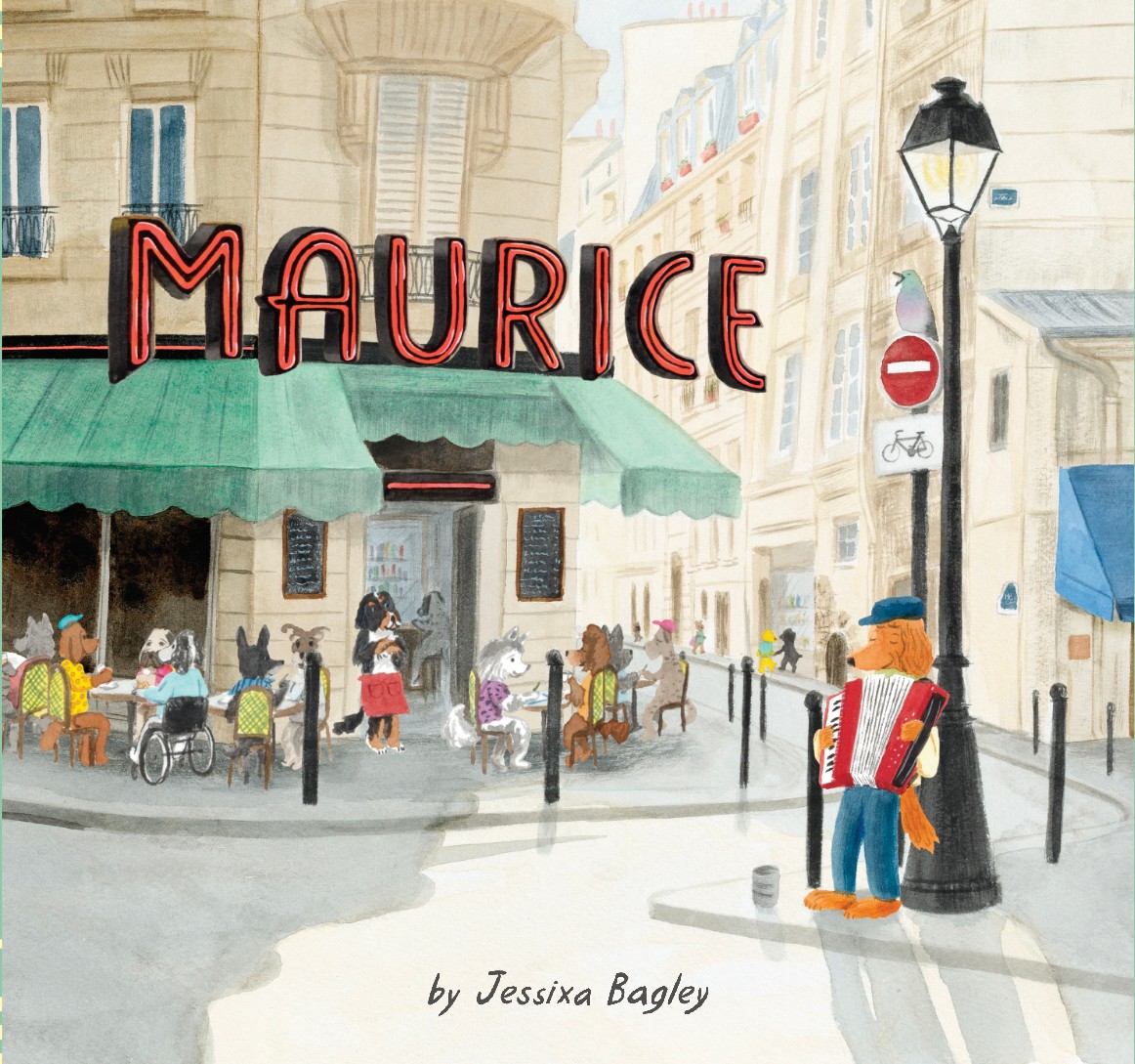
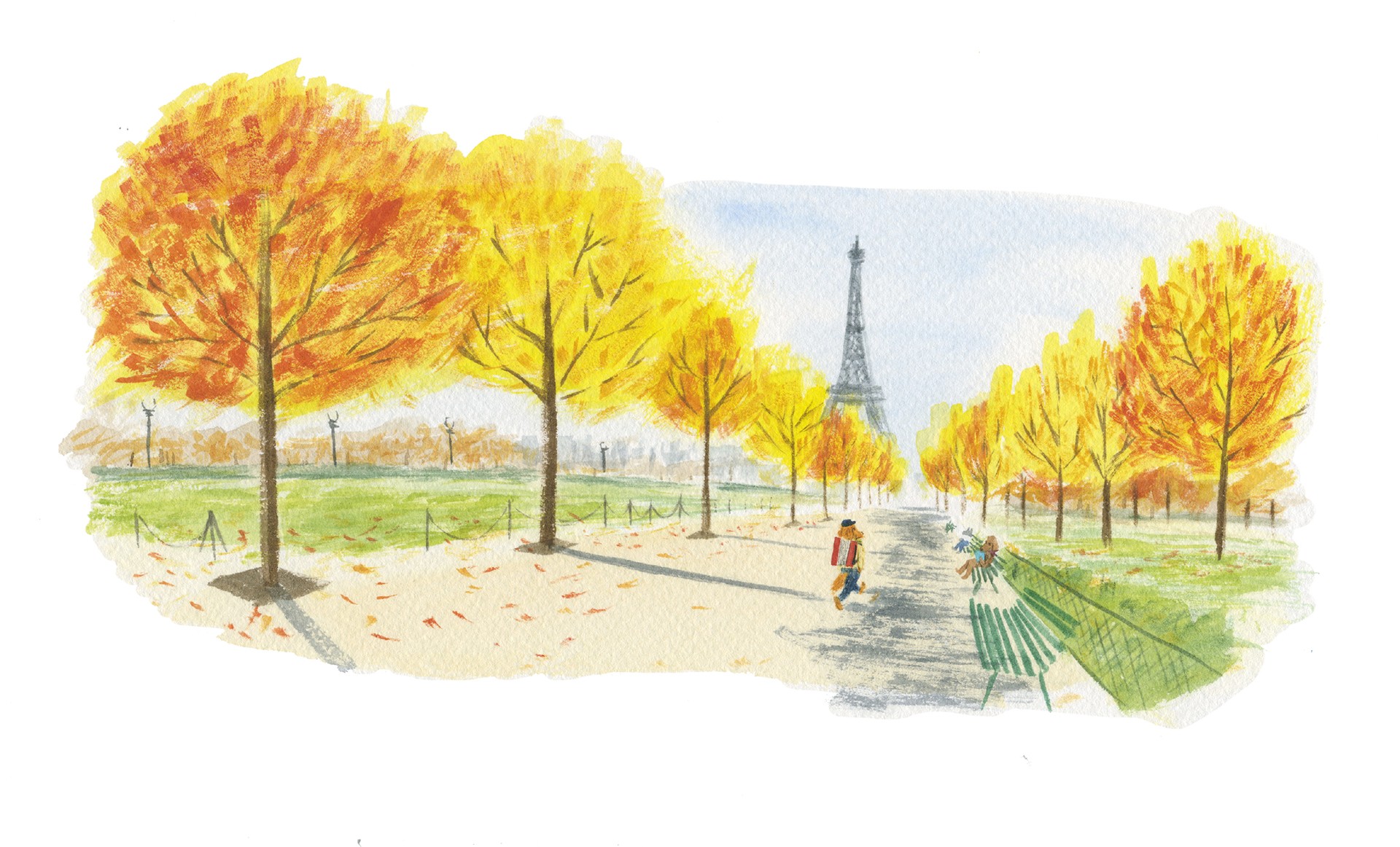
Awesome – so before we get into the rest of our questions, can you briefly introduce yourself to our readers.
Making art and stories was something I’ve always done since I was a very young child. I always wanted to make comics and picture books. But that longing and life practice didn’t immediately translate into working into that profession- it took time. At some point though in high school I think, I thought that I should pick something that was “a real job” (oddly without knowing that being a writer or illustrator was a real job). So I started my college path with the mindset of becoming an interior architect. That didn’t last long though when I realized the part of that idea I liked most was the drawing part-not the actual study of architecture and definitely not the math part.
So after a windy college path, I finished out my BFA at Cornish College of the Arts. I focused on painting and printmaking there, even though I circled back in my heart my passion to making picture books. They didn’t offer classes in making picture books, so I sort of cobbled together my education with fine art classes, letterpress/bookmaking classes, and one illustration class.
Also those last couple of years in college, I got really into indie comics- my other rekindled passion from my childhood. I interned at the comics publisher Fantagraphics, doing, well, a lot of shelving of comic books and talking to the other employees. Ha! But it was a time to immerse myself in comics and publishing and find out what I liked and what I didn’t. I got A LOT of free comic books then. It was great! By the end of my senior year of college, I got my first published comic in the Chicago Reader. Once that happened, I was like, “Oh, that’s what you do? You just send in comics to places and see if they want to publish them? I can do that.” That’s how I started getting comics published in newspapers and magazines. (I even eventually had a weekly comic in The Seattle Weekly for about a year and a half. It was pretty cool.)
So after graduating, I was getting comics published and also was a practicing fine artist, showing in cafes and some galleries, but I still wanted to make picture books. At this same time, I was submitting manuscripts and artwork to publishers. That’s when the rejections started coming, pretty steadily for MANY years. It wasn’t until I finally joined SCBWI (Society of Children’s Book Writers and Illustrators) that things started to happen. I learned more about how to make books and the children’s book publishing world. I was able to meet actual agents, editors, and art directors. It was a humbling time and one filled with lots of learning. I made every mistake possible while trying to get published and made a lot of bad work. But eventually I managed to figure out what kinds of books and stories I wanted to write. Once I found my writing and visual voice, I was making stories with more confidence and authenticity, and that’s when the doors finally opened. All in all, it took me nine years from my first submission to get an agent and sell my first picture book.
I’d say I am most proud that I never gave up. I cried A LOT. And doubted myself A LOT. But I just kept doing what I loved when I was a kid- drawing and writing stories. I think little me is very proud that I actually ended up doing the thing that I loved and now it’s my “real job.”

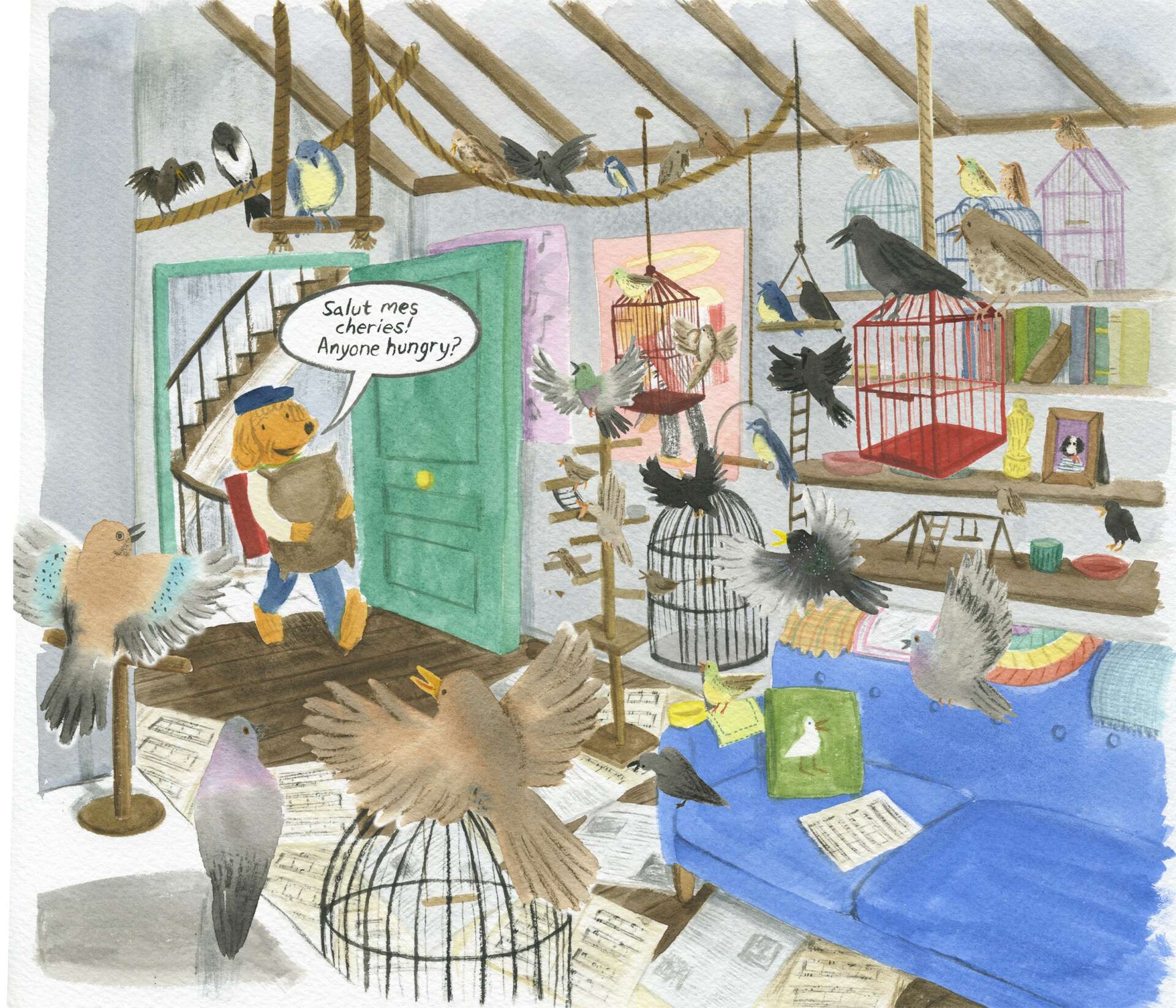
What’s a lesson you had to unlearn and what’s the backstory?
When I was in college it was reinforced that in order to be a successful artist, you had to have a recognizable style that people could see and know exactly who made it. And that as an illustrator that’s your biggest asset to get work. And so many illustrators do have one distinct style. So I really clung to this idea that I had to “find my style” artistically.
After I’d made several picture books, all in the same signature style, I really started to hate my process and product. It didn’t feel like me or the kind of illustrations that I loved. One day I was looking at all of my favorite picture books for an interview and I realized that all the illustrators I admired the most made work completely differently than my own. When I noticed that, a little voice said inside, “You’re not allowed to do that-to make good art like them.” It was shocking. I really heard this voice holding me back saying I wasn’t good enough, or cool enough to make work how I really wanted to. I think that voice was there in part because I didn’t feel like I was allowed to grow artistically.
But there’s so much pressure with the idea you have to find your “one style.” It leaves no room for play or experimentation or mistakes or vulnerability, which is where artistic discover and beauty is born. So now I try to let each project tell me what it needs and allow for change and growth instead of just doing it the way I already know how. Will I always envy artists who have one special amazing thing they do? Probably! Ha ha! But I also know, that isn’t who I am. I have to evolve or else I will hate what I do.
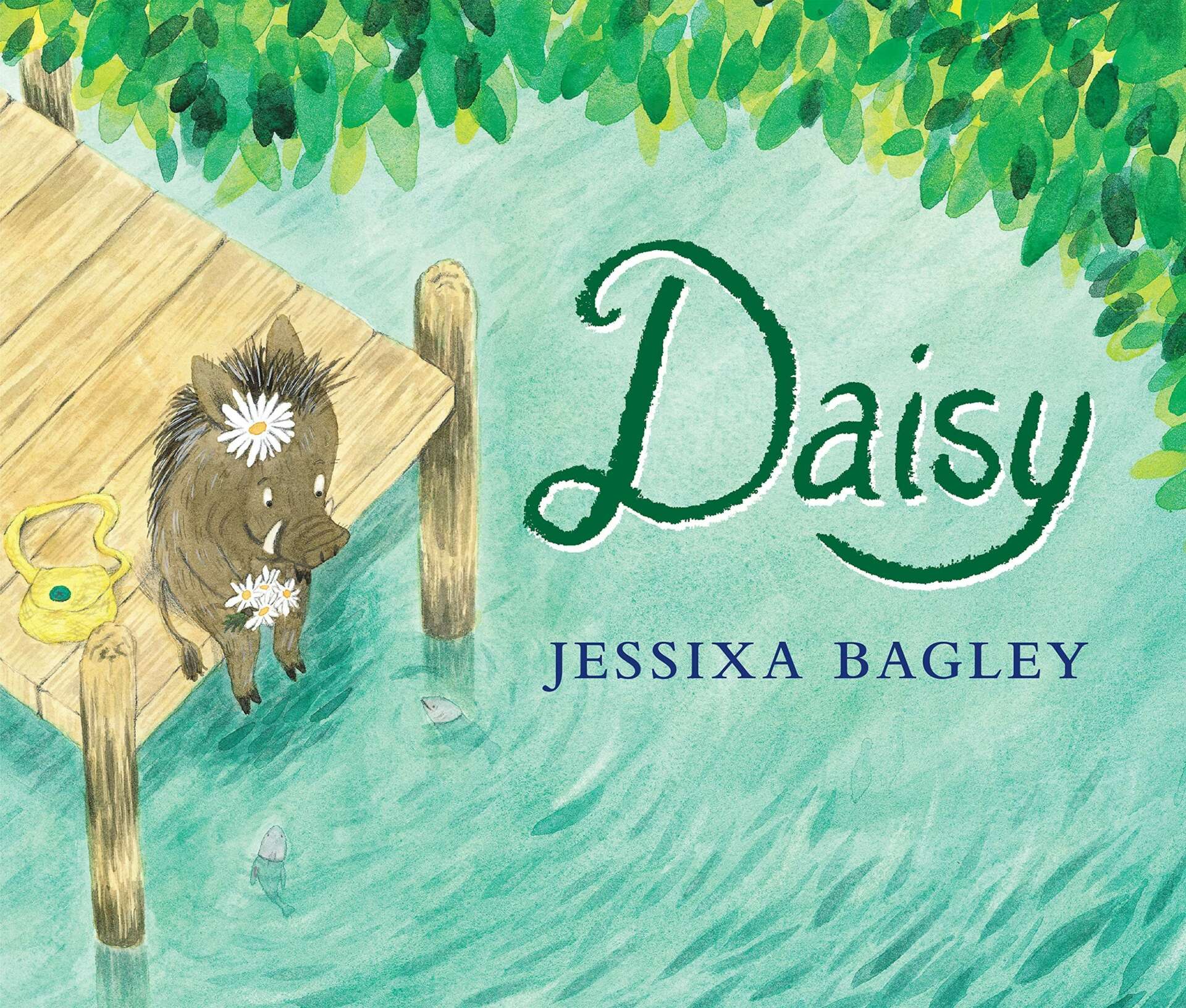

Let’s talk about resilience next – do you have a story you can share with us?
When I went to my first SCBWI book conference, I was unknowingly very underprepared. I entered my portfolio in the showcase competition for publishing editors and art directors to look at. When I looked around at hundreds of children’s illustration portfolios and I knew instantly that I had no clue what I was doing. I felt very embarrassed, like I had totally missed the mark. Later at the conference, I ended up meeting a famous childcare’s book illustrator. He offered to look at my portfolio and give me feedback. When I showed it to him, he ripped me to shreds. He told me I couldn’t draw, that I didn’t love to draw, that I didn’t know how to use watercolor. It was awful. (I held in my tears until I got in the car to leave the conference.) But I decided that I wouldn’t let those comments stop me. I’d extract anything of value from what was said and I’d keep going.
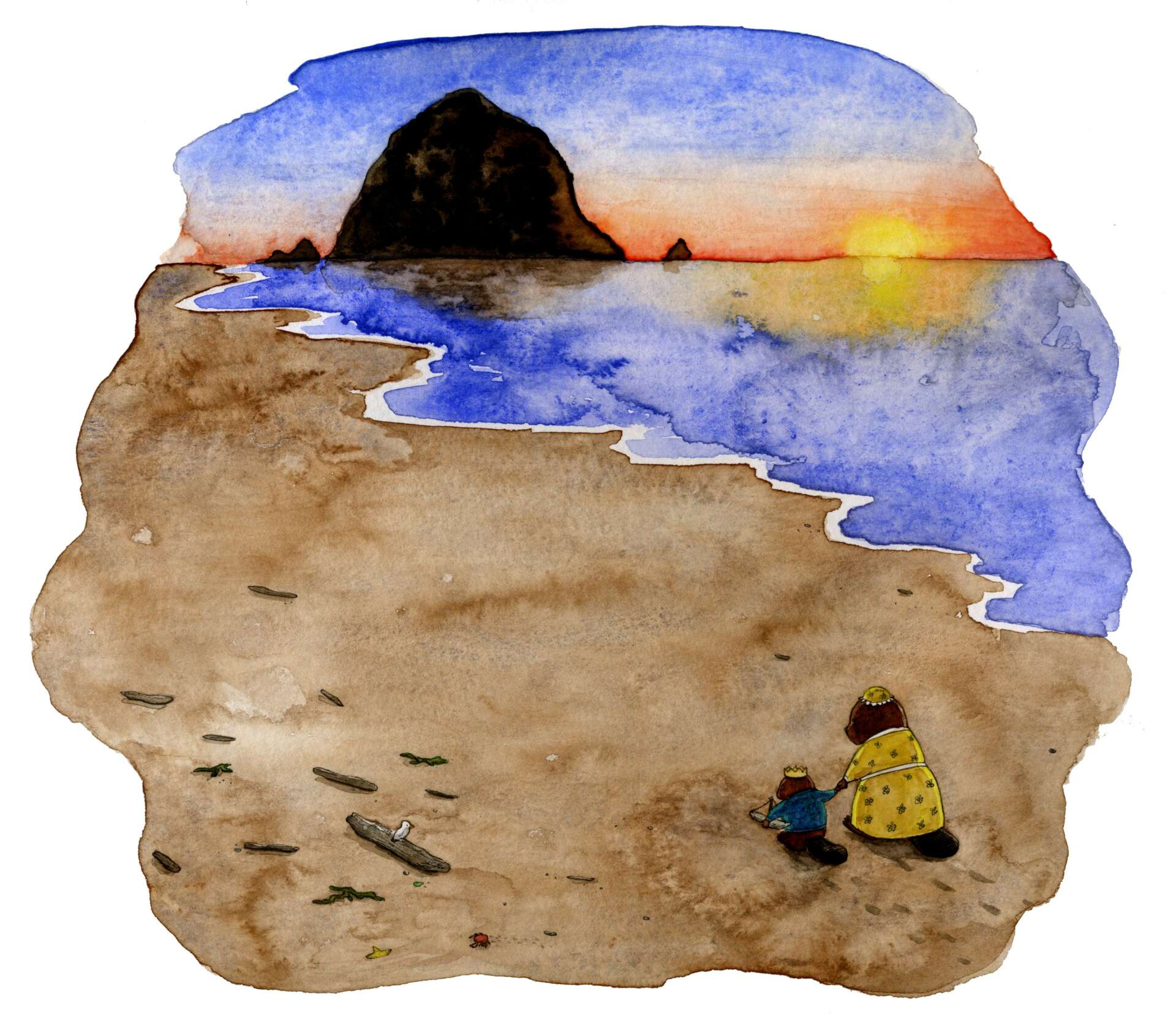

Contact Info:
- Website: www.jessixa.com
- Instagram: @jessixabagley
- Linkedin: Jessixa Bagley
- Twitter: @JessixaBagley
Image Credits
Headshot image credit, Jenny Jimenez


